The ERROR.TYPE function in Excel helps you identify specific error types in your spreadsheets, but it sometimes stops working correctly, returning unexpected results or failing to recognize errors altogether. This issue typically arises due to incorrect syntax, formula conflicts, or data type mismatches within the cells you're analyzing. Resolving this issue ensures accurate error identification and improves spreadsheet reliability.
Method 1: Verify Formula Syntax and Arguments
Step 1: Start by double-checking the syntax of your ERROR.TYPE formula. The correct syntax is straightforward: =ERROR.TYPE(value), where value is typically a cell reference containing an Excel error (e.g., #DIV/0!, #VALUE!, #N/A). Ensure the cell you reference actually contains an Excel-recognized error; otherwise, ERROR.TYPE will return #N/A.
Step 2: Confirm that your referenced cell truly holds an error value and not a text string that merely looks like an error. Excel differentiates between actual error values and text strings. To test this, type a simple formula like =1/0 into a cell, which generates a #DIV/0! error. Then apply ERROR.TYPE to this cell. If it returns a numeric code (2 for #DIV/0!), your function is working correctly, and the issue lies elsewhere.
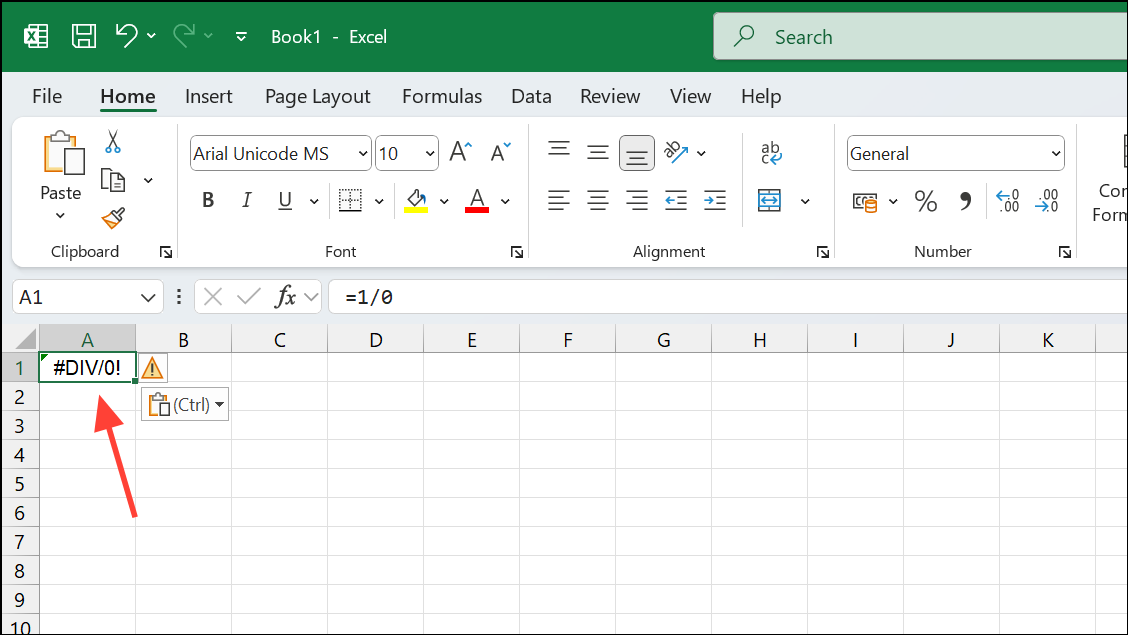
Method 2: Check Cell Formatting and Data Types
Step 1: Examine the formatting of the cells involved. Incorrect cell formatting can cause Excel to misinterpret data types, leading to unexpected ERROR.TYPE results. Select the problematic cell, right-click, choose "Format Cells," and ensure the cell is set to "General." This allows Excel to automatically detect and handle data types appropriately.

Step 2: If your cell contains a number formatted as text, Excel might not recognize it as an error source. To quickly convert text-formatted numbers into actual numeric values, select the affected cells and use the built-in Excel conversion option. You can do this by clicking on the warning icon (yellow triangle) next to the cell and selecting "Convert to Number."
Method 3: Resolve Conflicts with Other Formulas
Step 1: ERROR.TYPE may fail if the referenced cell contains complex nested formulas or functions that don't clearly propagate errors. Simplify or temporarily replace complex formulas with basic error-generating formulas (like step by step or =1/0) to test if ERROR.TYPE correctly identifies the error in simpler conditions.
Step 2: If simplification resolves the issue, gradually rebuild your original formula step by step. Identify the exact stage at which ERROR.TYPE stops functioning as expected. This approach helps pinpoint the precise cause—such as incompatible functions, circular references, or unexpected value returns.
Method 4: Update or Repair Excel Installation
Step 1: If none of the above methods resolve the issue, your Excel installation itself might be corrupted or outdated. Ensure you have the latest Excel updates installed. Click the "File" menu at the top left.
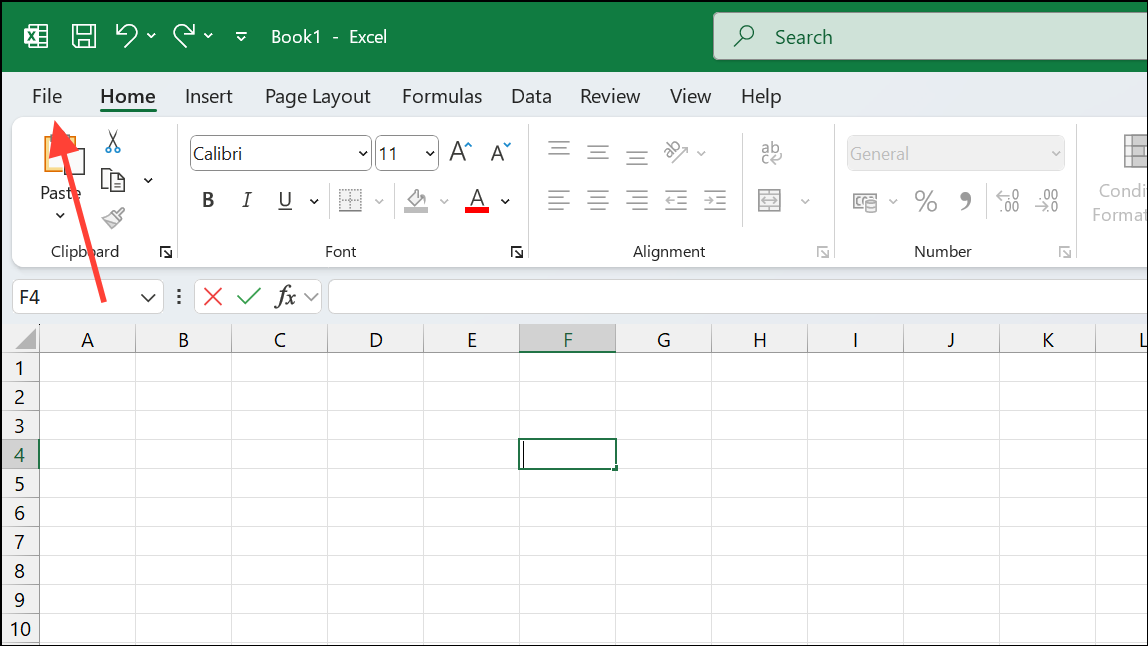
Step 2: Go to "Account".
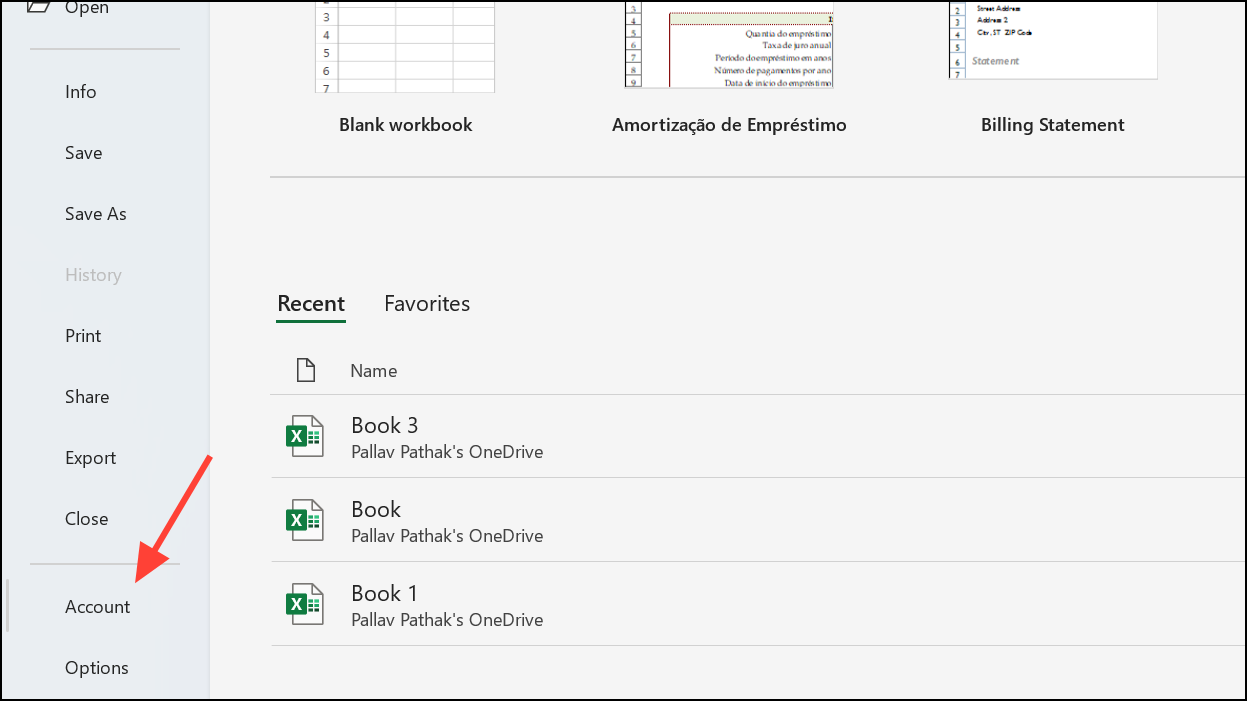
Step 3: Click on "Update Options" > "Update Now" to install the latest updates and patches from Microsoft.
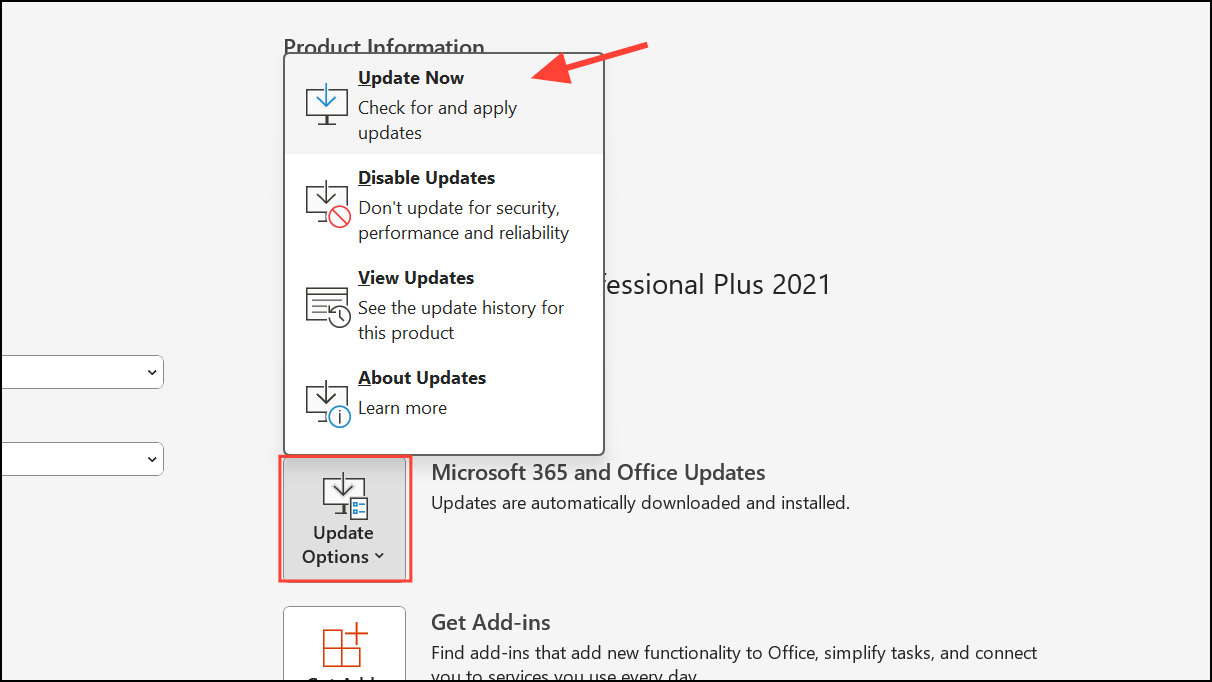
Step 4: If updating doesn't resolve the problem, repairing your Excel installation can fix deeper issues. Navigate to "Control Panel" > "Programs" > "Programs and Features."
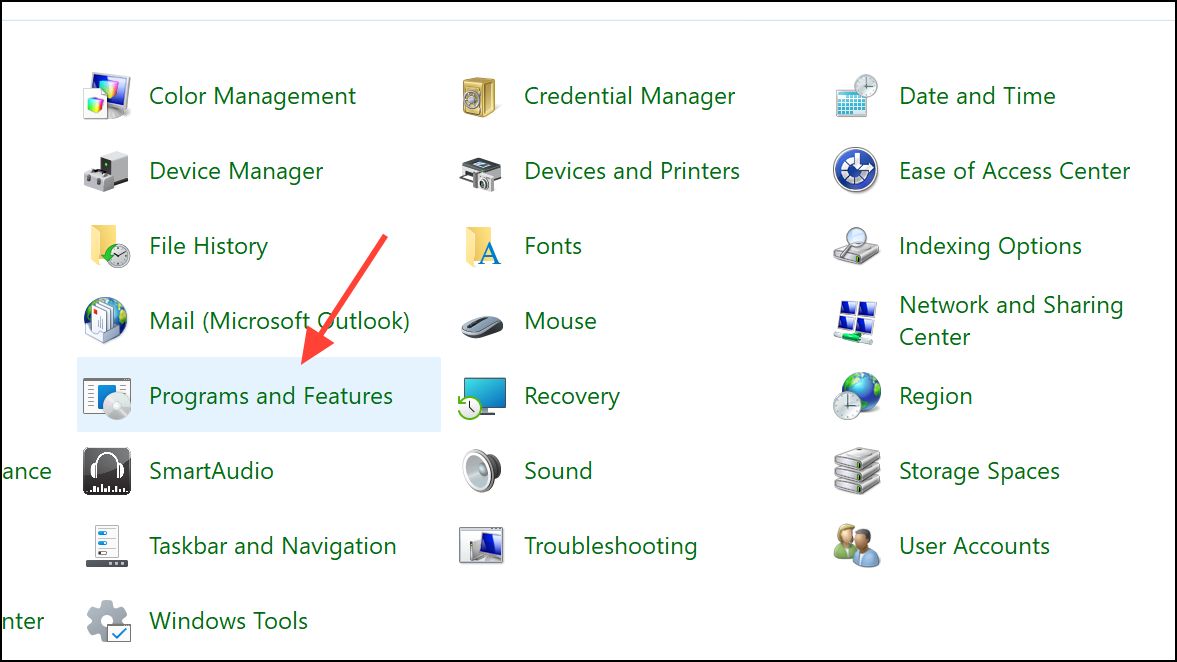
Step 5: Find Microsoft Office in the list, select it, then click "Change" and choose "Quick Repair." Follow the on-screen instructions to complete the repair process. If Quick Repair doesn't resolve the issue, repeat the process but select "Online Repair," which is more thorough.
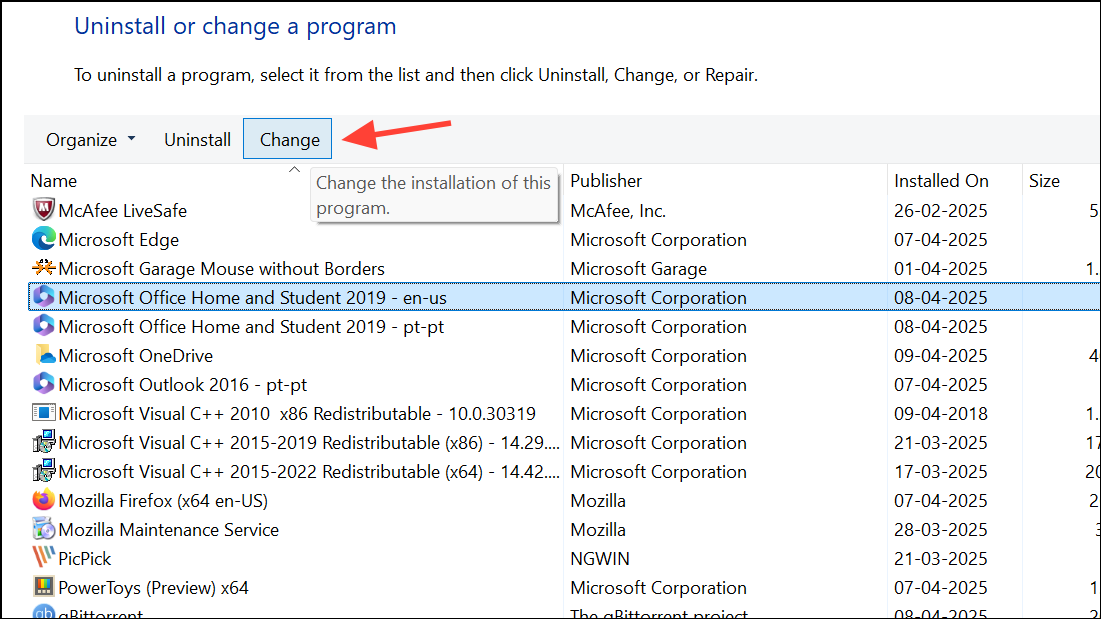
Once you've completed these steps, your ERROR.TYPE function should correctly identify and return numeric codes for Excel errors. Regularly keeping your Excel updated and carefully verifying formula syntax will help prevent similar issues in the future.


